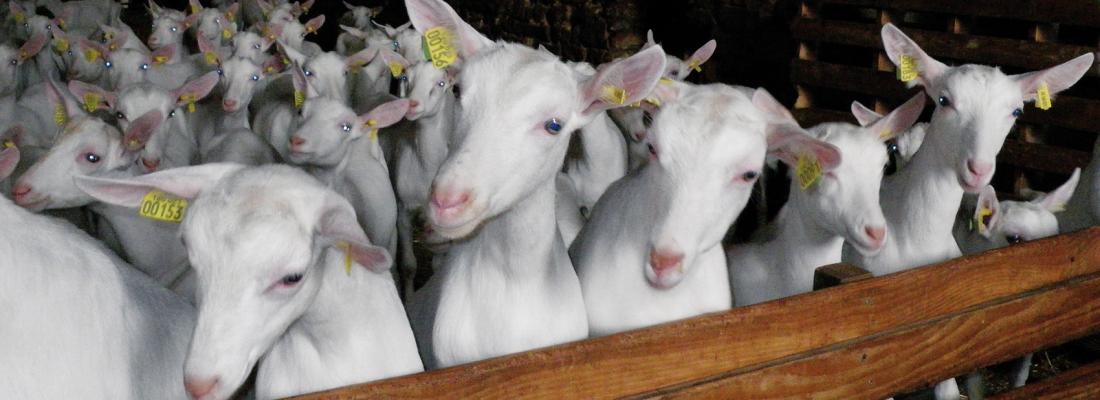Agroecology Reading time 5 min
The olfactory secretome varies according to season in female sheep and goat
Published on 27 March 2020

Background: Small ungulates (sheep and goat) display a seasonal breeding, characterised by two successive periods, sexual activity (SA) and sexual rest (SR). Odours emitted by a sexually active male can reactivate the ovulatory cycle of anoestrus females. The plasticity of the olfactory system under these hormonal changes has never been explored at the peripheral level of odours reception. As it was shown in pig that the olfactory secretome (proteins secreted in the nasal mucus) could be modified under hormonal control, we monitored its composition in females of both species through several reproductive seasons, thanks to a non-invasive sampling of olfactory mucus. For this purpose, two-dimensional gel electrophoresis (2D-E), western-blot with specific antibodies, MALDI-TOF and high-resolution (nano-LC-MS/MS) mass spectrometry, RACE-PCR and molecular modelling were used.
Results: In both species the olfactory secretome is composed of isoforms of OBP-like proteins, generated by posttranslational modifications, as phosphorylation, N-glycosylation and O-GlcNAcylation. Important changes were observed in the olfactory secretome between the sexual rest and the sexual activity periods, characterised in ewe by the specific expression of SAL-like proteins and the emergence of OBPs O-GlcNAcylation. In goat, the differences between SA and SR did not come from new proteins expression, but from different post-translational modifications, the main difference between the SA and SR secretome being the number of isoforms of each protein. Proteomics data are available via ProteomeXchange with identifier PXD014833.
Conclusion: Despite common behaviour, seasonal breeding, and genetic resources, the two species seem to adapt their olfactory equipment in SA by different modalities: the variation of olfactory secretome in ewe could correspond to a specialization to detect male odours only in SA, whereas in goat the stability of the olfactory secretome could indicate a constant capacity of odours detection suggesting that the hallmark of SA in goat might be the emission of specific odours by the sexually active male. In both species, the olfactory secretome is a phenotype reflecting the physiological status of females, and could be used by breeders to monitor their receptivity to the male effect.
Cann, P.; Chabi, M.; Delsart, A.; Le Danvic, C.; Saliou, J.M.; Chasles, M.; Keller, M.; Nagnan-Le Meillour, P., 2019. The olfactory secretome varies according to season in female sheep and goat. Bmc Genomics, 20 (1): 17. http://dx.doi.org/10.1186/s12864-019-6194-z
